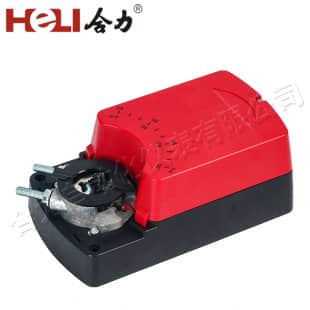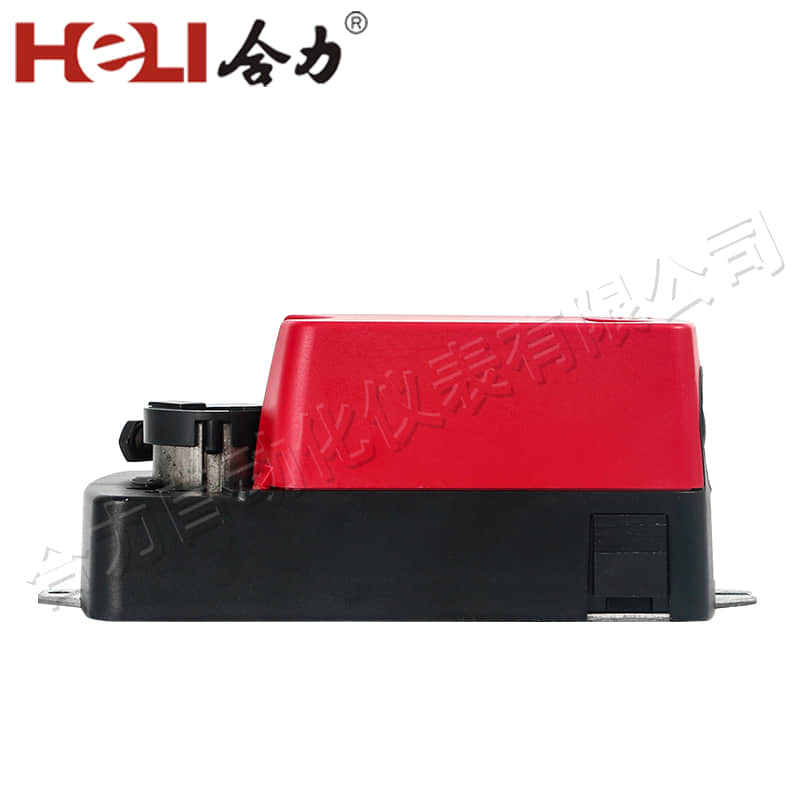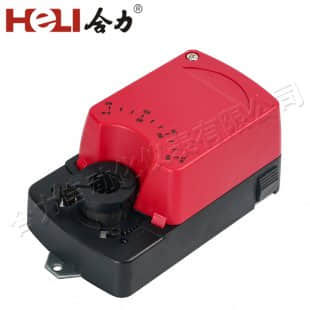
In modern buildings, the importance of maintaining optimal indoor air quality and comfort cannot be overstated. One key component that plays a significant role in achieving these goals is the damper actuator. This device controls the flow of air in heating, ventilation, and air conditioning (HVAC) systems by adjusting the position of dampers within ducts and ventilation systems. In this article, we will explore the functionalities, types, and benefits of damper actuators, shedding light on their essential role in enhancing HVAC efficiency.

What is a Damper Actuator?

